MIG/MAG welding is one of the most commonly used of all welding processes. But how does it work? In our blog article you will find everything you need to know about MIG/MAG welding – from choosing the right shielding gases and filler metals to the characteristics of the different arc types.
MIG/MAG: Two Varieties of Gas-Shielded Arc Welding
MIG/MAG welding is also known as gas-shielded metal arc welding (GMAW) and is one of the welding processes that uses a protective gas shield. This also includes all arc welding processes where shielding gases are used to protect the weld pool from unwanted contact with the oxygen in the ambient air.
MIG/MAG welding is actually two different welding processes: MIG welding stands for metal inert gas welding. This process uses inert – i.e., non-reactive – shielding gases such as argon, helium, or a mix of the two. MAG welding stands for metal active gas welding. During this process, active shielding gases such as carbon dioxide (CO2) or oxygen (O2) are added to the carrier gas argon. It is, however, also possible to use pure CO2 as a shielding gas for the weld pool.
Where is the Process Used?
MIG/MAG welding processes are very versatile and can be used in a range of sectors, including the metalworking industry, shipbuilding, steel and container construction, and the automotive industry. MIG/MAG processes can be used with components of different thicknesses and geometries, and which are made from different materials. MIG welding is particularly suited to the non-ferrous metals aluminum, magnesium, copper, and titanium. MAG welding is usually used to weld unalloyed, low-alloy, and high-alloy steels.
MIG/MAG Welding: How it Works
Direct current is used for MIG/MAG welding. The arc burns between the workpiece and a consumable wire electrode, which is also the source of the necessary filler material and is essentially endless. It is supplied either on a spool or in a drum and is guided to the contact tip by the drive unit. The free wire end is relatively short, which allows a high amperage to be used in spite of the thin wire electrodes.
Solid wires or “flux core” wires can also be used as filler metals, depending on the requirements. Solid wires are most often used for MIG/MAG welding. These wires are manufactured by drawing them to the desired nominal diameter from a rolled wire. Flux core wires are manufactured by introducing the powdery filling into a U-shaped strip at one of the production stations. The strip is then sealed by folding or welding it. Different fillings affect the welding process in different ways. The shielding gas flows from a gas nozzle that surrounds the electrode. It protects the arc and the weld pool against contact with the ambient oxygen.
Arc Types
The arc is a basic requirement for MIG/MAG welding. It is created by closing the circuit between the electrode and the workpiece. The wire electrode almost always has positive polarity. During the arc phase, the material transfers dynamically from the consumable electrode to the workpiece. This process – and therefore the type of arc – depends on the voltage and the wire speed. If the voltage and wire speed increase, the droplet volume increases and the material transfer becomes short circuit-free.
Generally speaking, arc types are divided into four different categories, but the boundaries between these categories are fluid. During MIG welding, either a spray arc or a pulsed arc is usually used. Dip transfer arcs, intermediate arcs, spray arcs, and pulsed arcs can all be used with MAG welding.
Dip transfer arcs are in the lower power range – in other words, they are associated with a low voltage and a low wire speed. With the dip transfer arc, welding is possible in virtually any position. There is minimal spattering and the arc can be controlled very effectively. It is particularly suited to welding light gauge sheets and root passes.
With intermediate arcs, short circuits and spray transfers alternate at irregular intervals. This leads to increased spattering – meaning that this particular arc type should be avoided as far as possible.
Spray arcs burn continuously without short circuit interruption. The filler metal transfers at high speed and in fine droplets into the weld pool. A degree of heat input into the workpiece, a high deposition rate, and deep penetration are all characteristics of the spray arc. For this reason, it is ideal for welding thicker sheets.
When using pulsed arcs, the material transfer is controlled using pulses in order to avoid unwanted short circuits. This results in an extremely low-spatter, versatile arc. Welders can produce high quality results, even with different materials and different thicknesses.
Rotating arcs are particularly powerful and ideally suited to welding thick workpieces, thanks to their high heat input. The droplet is deflected to the side when it detaches from the wire electrode and is transferred to the weld pool in a rotating motion. This process can only be used with mechanized systems, which limits the number of suitable applications.
Combined arcs are often made up of pulsed arcs and dip transfer arcs. The pulsed arc creates the necessary penetration and heat input, while the dip transfer arc ensures improved controllability of the weld pool. This type of arc is often used for welding out-of-position.
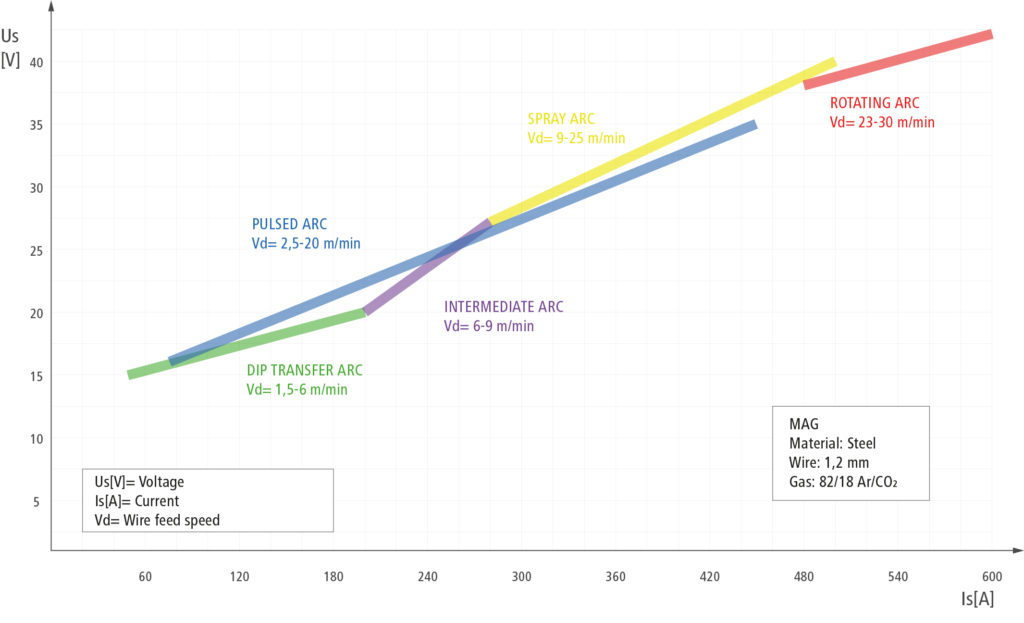
Advantages of MIG/MAG Welding:
- High deposition rate
- No slag formation
- Simple ignition of the arc
- Well-suited to mechanized and automated welding
- High welding speeds can be achieved while still maintaining a high weld seam quality
- Well-suited to out-of-position welding and welding in difficult positions
- Low filler metal costs
Disadvantages of MIG/MAG Welding:
- Welding outdoors or in drafty halls is only possible in certain circumstances
- Sensitive to rust and humidity
- Susceptible to porosity and lack of fusion
- High risk of spattering
- Partially lower weld seam quality than with TIG welding
Are you looking for a powerful and compact welding system that provides flexible and reliable control over all MIG/MAG welding processes? Then look no further than our TPS/i.
Welding is complex – but understanding the basics is easy. The Fronius “What is…?” series helps to shine a light on the different welding processes and provides an overview of the basic concepts. Other articles in this series:
 Perfect Welding Blog
Perfect Welding Blog
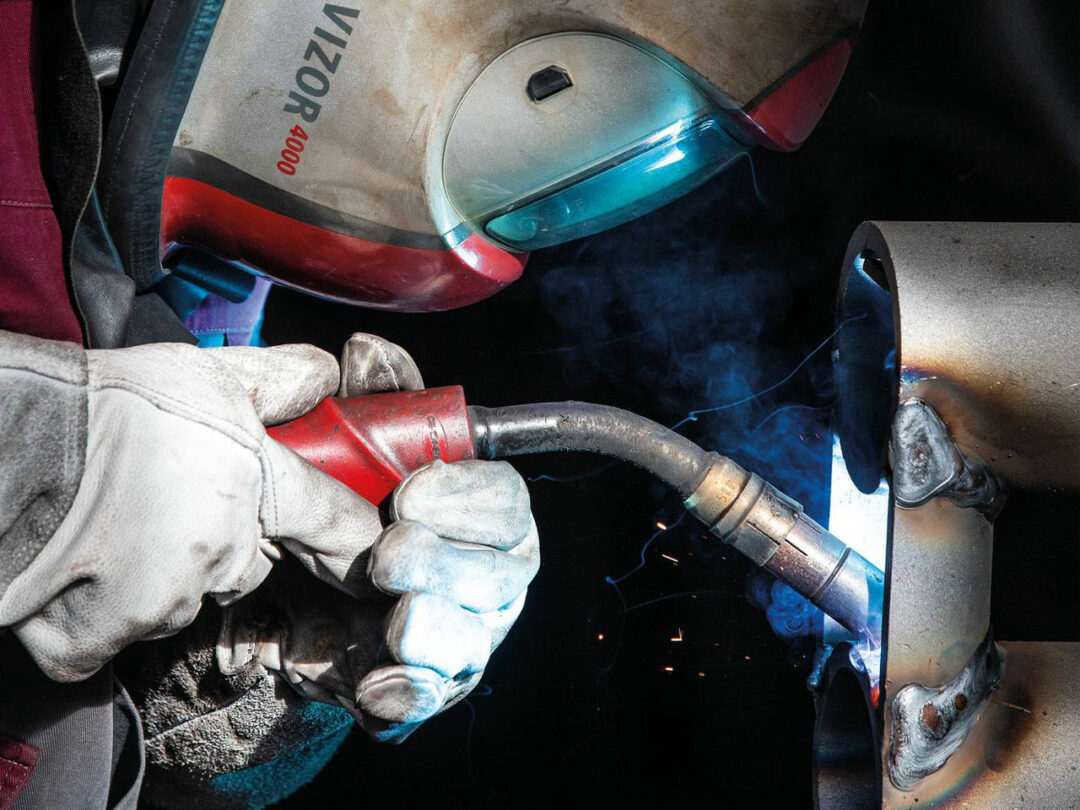
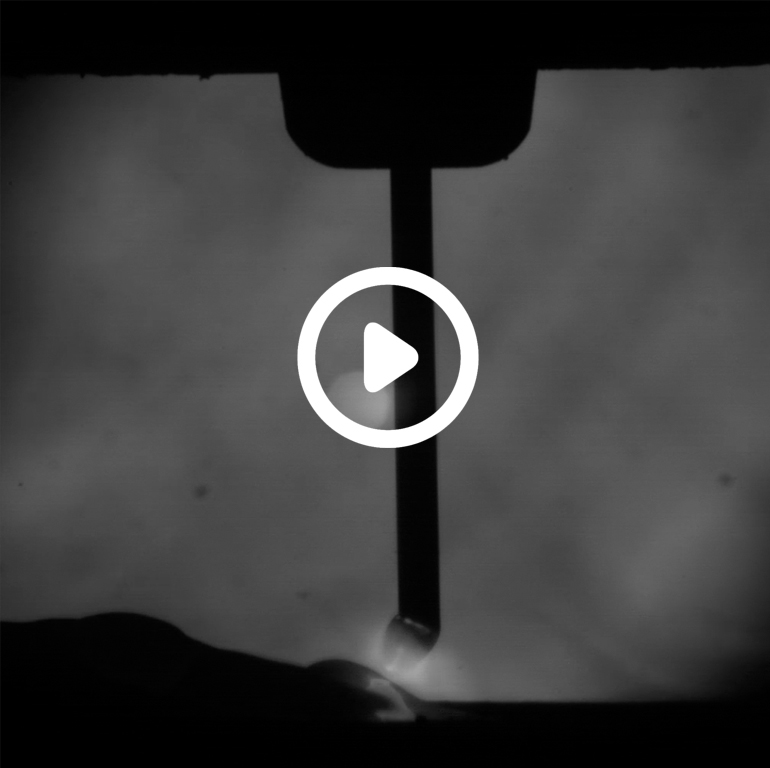
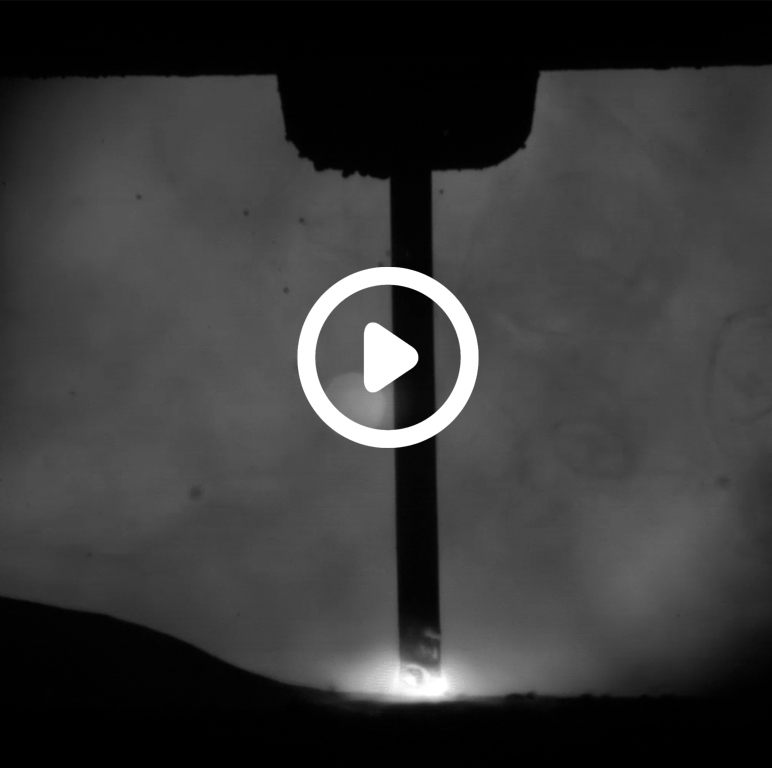
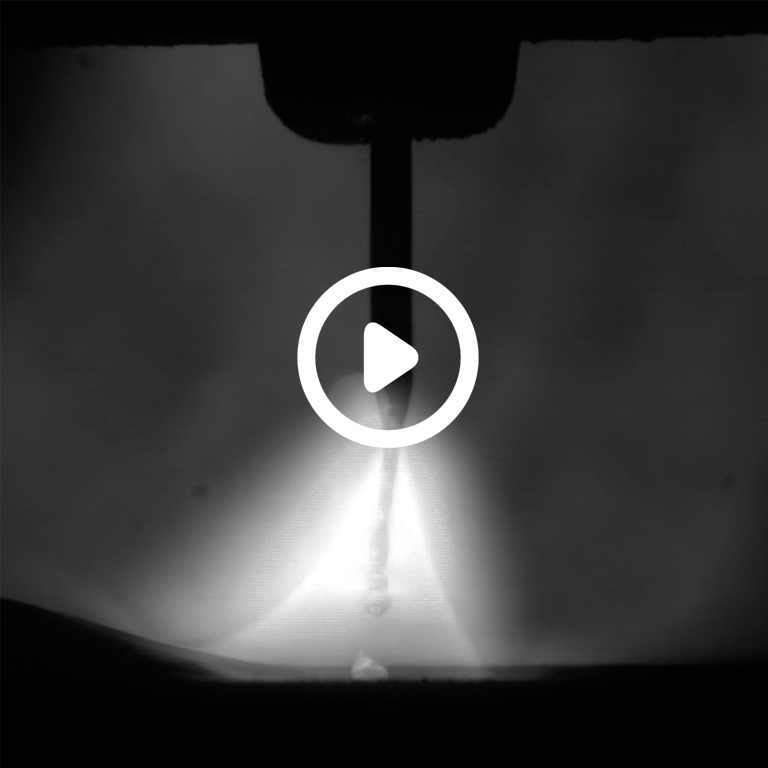
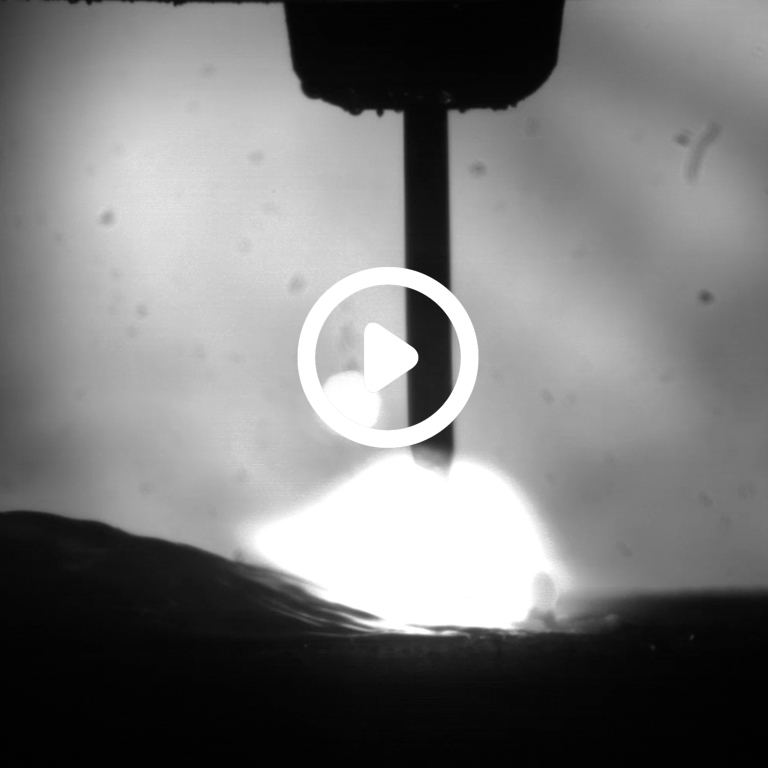
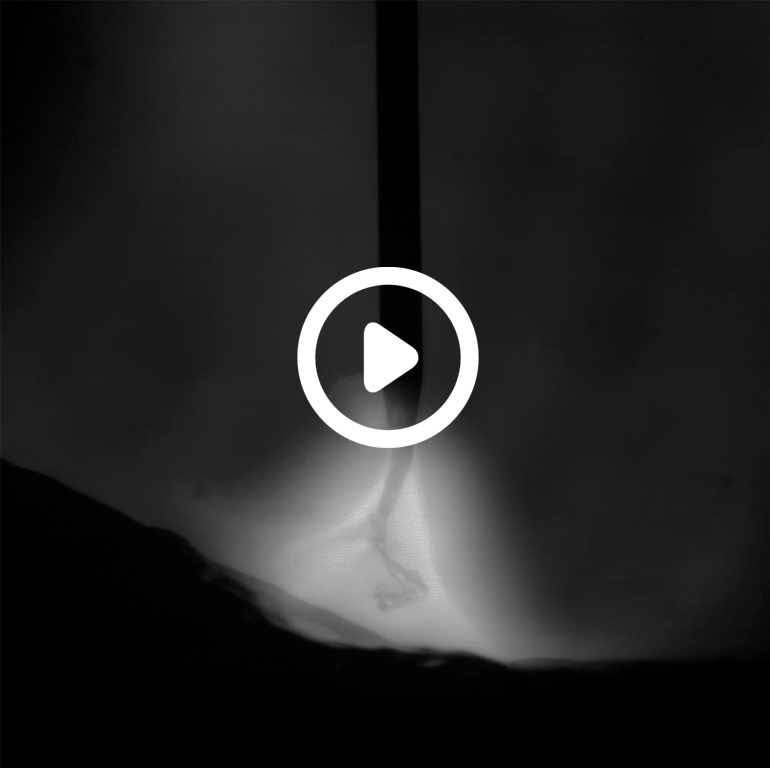
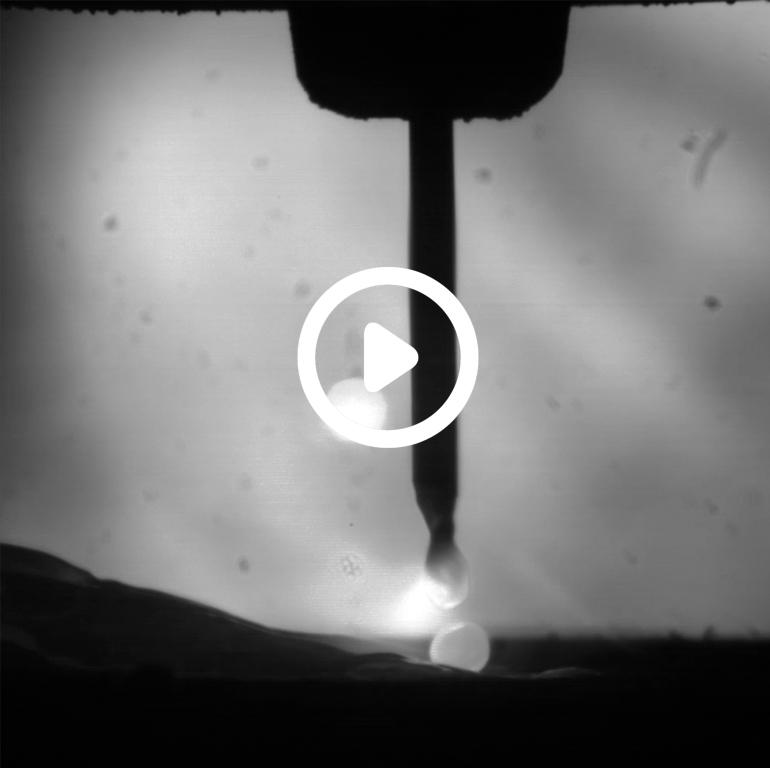
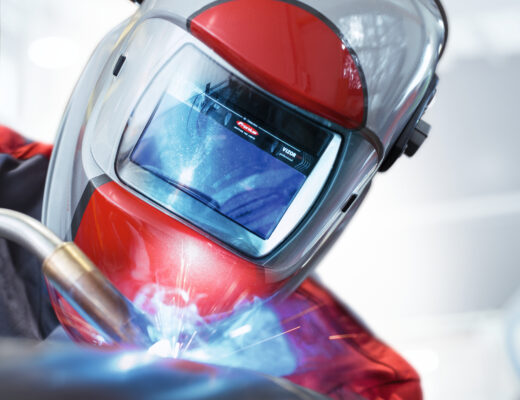




11 Comments
RAVI SHETH
1. May 2019 at 10:20Can I get details about your services or products with catalogue and manuals
redakteur
3. June 2019 at 8:48Hello! Which information / manuals do you need exactly? Regarding MIG / MAG you can have a look at our target page: https://www.fronius.com/en/welding-technology/world-of-welding/mig-mag-welding
Siddhertha Sen
20. November 2020 at 13:57Hello I am a welding instructor in Railway school in Kolkata India.I have studied your blog thoroughly and conclude it as very much usefully for my students & expect more deep technical in-looks to each separate sub-assembles suitable for on screen study.
redakteur
23. November 2020 at 7:47Thank you for your kind comment – we are happy to hear that you like our blog! Please let us know if you have suggestions for new articles, let us know what type of information you are missing on here 🙂
Viticulture North Canterbury
5. April 2021 at 11:20It is a nice article about three reasons about what is mig mag welding. I agree with all your points that you have stated here, love this blog. You have done a great research for I feel, thanks for sharing.Come across Eagleengineering.co.nz and hope you can visit this too to get more information.
redakteur
13. April 2021 at 9:13Thank you very much for your very nice feedback!
Justin Blakes
19. April 2021 at 22:29Worth reading , your articles keep helping me in polishing my welding career.keep the good up work mate .
redakteur
20. April 2021 at 7:48Thank you very much for your feedback!
Corine Harris
2. August 2021 at 6:47I was looking for an appropriate clarification for welding. Much appreciated, administrator for sharing such awesome substance on this theme. Presently I have all I require about it. Here’s another enlightening substance for Know the types and processes of welding . You will get well-informed data about it here.
fabrication service
29. October 2021 at 10:51Trust me, one of the best articles I have read to date! I belong to the same industry, so this has indeed helped me a lot to understand the trends and what are the ongoings in this particular industry. Keep posting
THANKS, A LOT!
redakteur
29. October 2021 at 12:06Thank you very much for your nice and honest feedback! Very glad to hear!
roshni
23. December 2021 at 7:53Thank you for giving good services Electrician in Hyderabad